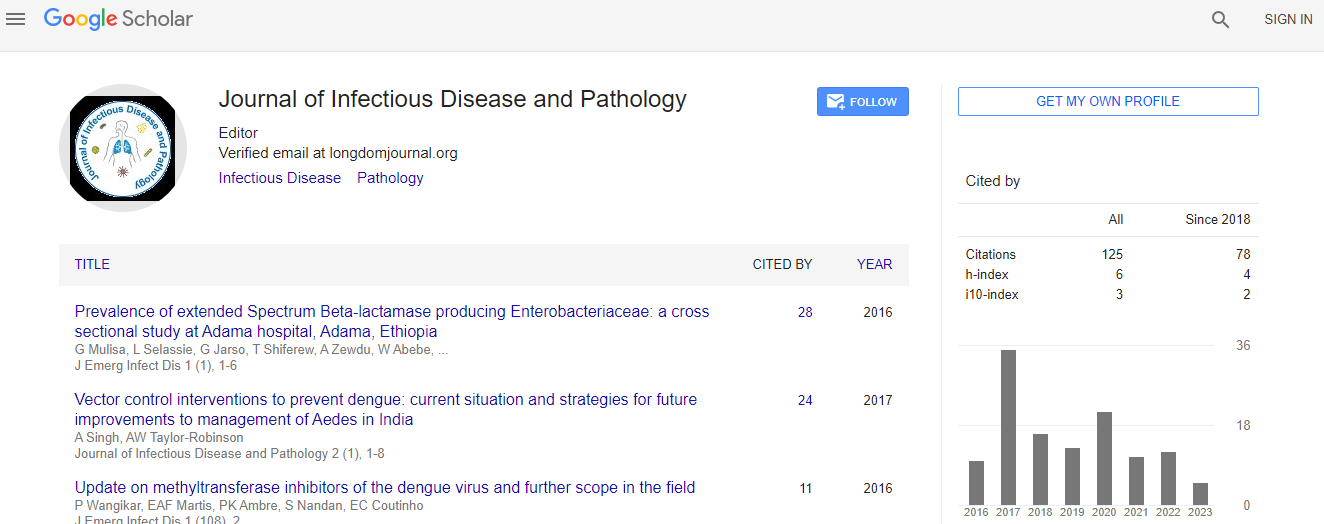Research Article
Local Food Resources to Fight Children Malnutrition and Infectious Diseases in Mozambique
Damiano Pizzol1, Francesco Di Gennaro2*, Angela De Palma3, Guillermo Marquez4, Laura Monno2, Annalisa Saracino2, Michela Romanelli5, Giovanni Putoto6 and Alessandro Bertoldo7
1Operative Research Unit, Doctors with Africa CUAMM, Beira, Mozambique
2Department of Clinical Infectious Diseases, University of Bari “Aldo Moro”, Bari, Italy
3Section of Thoracic Surgery, Department of Emergency and Organ Transplantation, University of Bari “Aldo Moro”; Bari, Italy
5Operative Research Unit, Doctors with Africa CUAMM, Maputo, Mozambique
6Operative Research Unit, Doctors with Africa CUAMM, Padova, Italy
7Reproductive Medicine Center, Zerouno Procreazione, Venice, Italy
- *Corresponding Author:
- Francesco Di Gennaro
Department of Clinical Infectious Diseases
University of Bari “Aldo Moro”
Bari, Italy
Tel: +393924804707
Fax: +39080547833
E-mail: cicciodigennaro@yahoo.it
Received date: July 13, 2016; Accepted date: August 11, 2016; Published date: August 22, 2016
Citation: Pizzol D, Di Gennaro F, De Palma A, Marquez G, Monno L, et al. (2016) Local Food Resources to Fight Children Malnutrition and Infectious Diseases in Mozambique. J Emerg Infect Dis 1:111. doi:10.4172/2472-4998.1000111
Copyright: © 2016 Pizzol D, et al. This is an open-access article distributed under the terms of the Creative Commons Attribution License, which permits unrestricted use, distribution, and reproduction in any medium, provided the original author and source are credited.
Abstract
Objective: To develop sustainable recipes, using local food resources, as a possible solution to manage children malnutrition and nutritional lack in Mozambique, thus preventing infectious diseases.
Methods: Our work was based on the Dietary Reference Intake (DRI) reports for children aged 4-8 years old. After having listed more than 60 commonly consumed local foods in Mozambique, we developed some recipes, indicating composition, energy and nutrients values. Information on nutrients concentrations was taken from the National Nutrient Database for Standard References, the Food Composition Tables for Mozambique and the Research Center for Aliments and Nutrition. In the recipes, the traditional way of listing ingredients was reported, which were then turned into international, standardized values.
Results: We elaborated some different local food recipes, easy to prepare, at low cost and useful in a systematic approach in order to fight malnutrition in Sofala Province, Mozambique. Each recipe included functions and daily Recommended Dietary Allowance (RDA) of: water, proteins, lipids, carbohydrates, fibers, sodium, potassium, iron, calcium, phosphorus and vitamins. We suggested recipes richer in vitamins and micro/macro nutrients for breakfast, while those providing high caloric intake were more indicated for the main meal. The resulting recipes have been made understandable, for both local and international population, thanks to the coexistence of traditional and international description of ingredients.
Conclusion: Local recipes approach is a possible promising tool among the most cost-effective/high impact interventions against child malnutrition and mortality from infectious diseases in Mozambique.

 Spanish
Spanish  Chinese
Chinese  Russian
Russian  German
German  French
French  Japanese
Japanese  Portuguese
Portuguese  Hindi
Hindi 